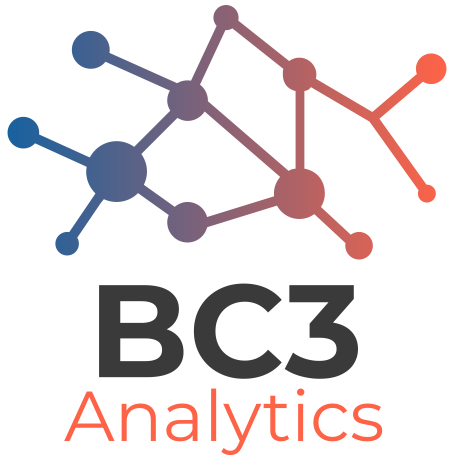Welcome to BC3 Analytics – Your Partner in Business Excellence
BC3 Analytics empowers organizations to achieve their full potential through innovative solutions tailored to today’s dynamic business landscape. As a consultancy practice, we specialize in delivering expert guidance across diverse sectors, including:
- Business Analytics: Turning data into actionable insights to drive smarter decisions.
- Process Improvements: Streamlining operations for greater efficiency and cost savings.
- Leadership Development: Cultivating strong leaders who inspire and drive meaningful change.
With a collaborative approach and a proven track record of success, we are committed to helping businesses thrive in competitive markets. Explore our services to discover how we can partner with you to achieve lasting results.

